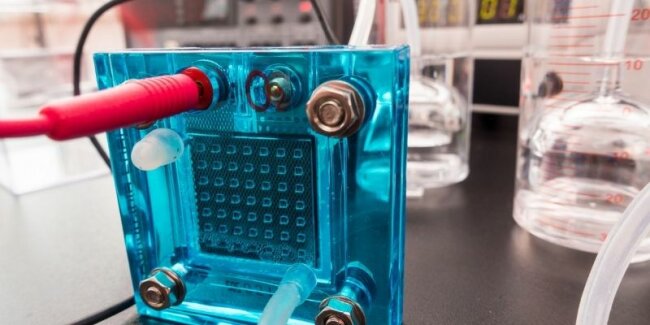FC stacks, Fuel Cells, PEM Fuel Cells - advantages and limitations
Fuel cells will be an integral part of the future hydrogen economy. Fuel cells have the ability to fulfill all of our global power needs while being highly efficient and a low-polluting technology. There are six main types of fuel cells. The type most commonly used for transportation and portable applications is the polymer electrolyte membrane (PEM) fuel cell. PEM fuel cells predominantly use hydrogen as the fuel, but also have the ability to use other types of fuel as well – including ethanol and biomass-derived materials. PEM fuel cells operate at temperatures between 20º and 80 ºC, which enable a startup time comparable to the internal combustion engine. PEM fuel cells are able to obtain net power densities of over 1 kW/liter, which makes them competitive with the internal combustion engine for transportation applications.

There are numerous advantages and challenges for PEM fuel cells:

PEM Fuel Cells Advantages
- Fuel cells have the potential for a high operating efficiency.
- There are many types of fuel sources and methods of supplying fuel to a fuel cell.
- Fuel cells have a highly scalable design.
- Fuel cells produce no pollutants.
- Fuel cells are low maintenance because they have no moving parts.
- Fuel cells do not need to be recharged, and they provide power instantly when supplied with fuel.
Some limitations common to all fuel cell systems include the following:

PEM Fuel Cells Limitations
- Fuel cells are costly due to the need for materials with very specific properties. There is an issue with finding low-cost replacements.
- Fuel reformation technology can be expensive, heavy and requires power in order to run.
- If another fuel besides hydrogen is fed into the fuel cell, the performance gradually decreases over time due to catalyst degradation and electrolyte poisoning.

